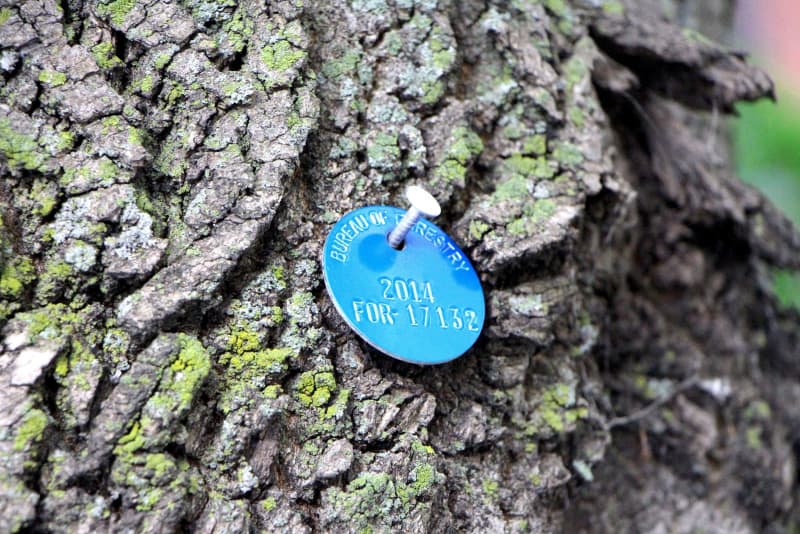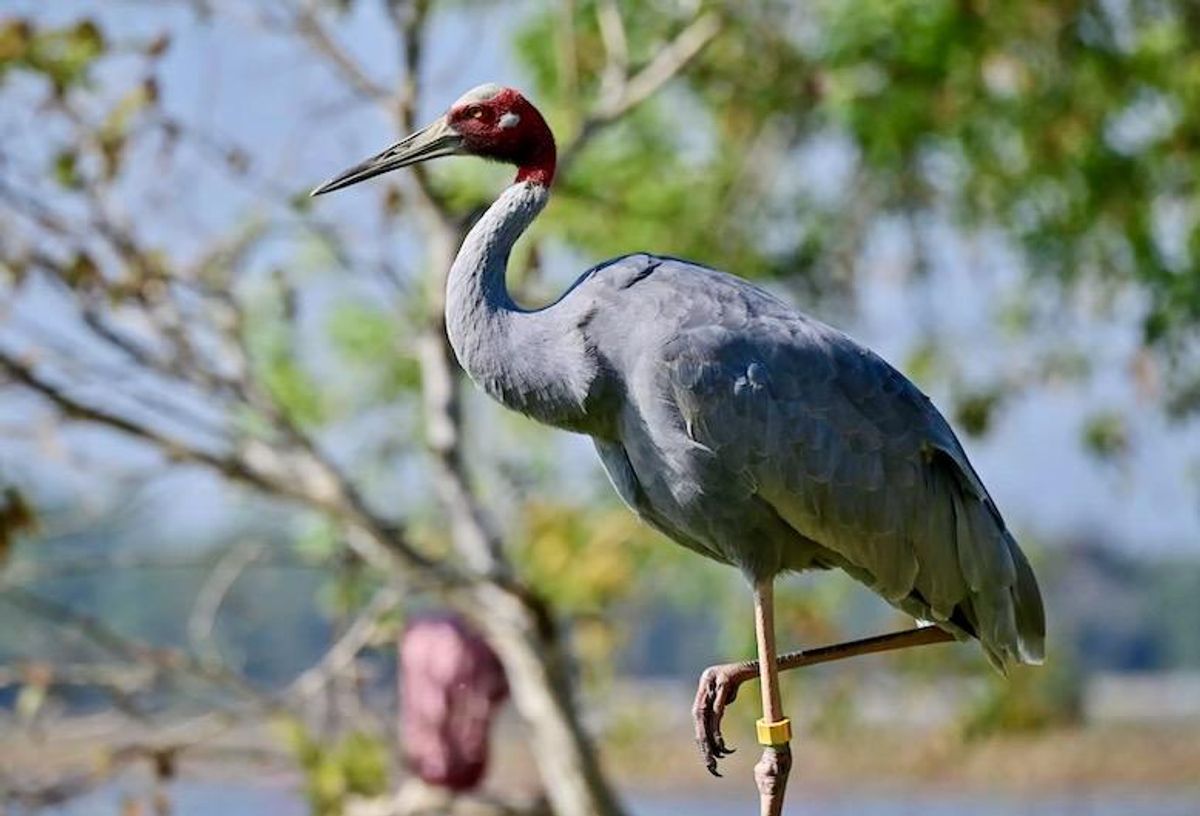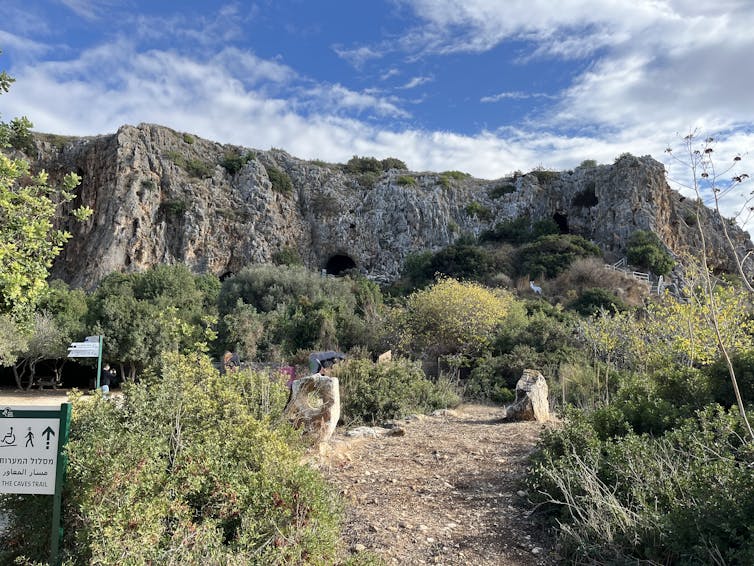China urges caution as UN Security Council adopts first resolution on Myanmar in 74 years
By Global Times
By Global Times
Published: Dec 22, 2022

In this Sept 12, 2019 photo, China's Permanent Representative to the UN Zhang Jun speaks at the UN headquarters in New York.(Photo: Xinhua)
China's ambassador to the United Nations (UN) Zhang Jun stressed that the UN Security Council must always act with extra caution while making explanatory statement after abstaining from voting on the council's first-ever resolution on Myanmar on Wednesday, which demanded an end to violence and urged the military junta to release all political prisoners, including ousted leader Aung San Suu Kyi.
China still holds concerns about the draft resolution that has just been put to a vote. In terms of form, China believes that it is more appropriate for the Security Council to adopt a presidential statement under the current circumstances. In terms of the content of the draft, although it has been revised, the tone is still unbalanced. Therefore, China had to abstain in the voting, Zhang explained.
There is no quick-fix solution to the Myanmar issue, let alone an external solution. Both democratic transition and national reconciliation will require time, patience and pragmatism. The international community should stick to the correct direction of promoting peace talks, and play a constructive role in promoting rational dialogue among all parties in Myanmar and bridging differences on the premise of respecting Myanmar's sovereignty, political independence, territorial integrity and unity, Zhang noted.
He stressed that Myanmar is a member of the ASEAN family, and ASEAN has unique advantages in dealing with issues related to Myanmar. The international community should continue to listen to ASEAN's opinions, respect the "ASEAN Way," support ASEAN's unity and leadership, create necessary conditions and allow time and space for ASEAN to build consensus and play an active role.
"The UN Security Council must always act with caution. Blindly using the Security Council to exert pressure or even threaten sanctions will only intensify contradictions, intensify confrontation, complicate the situation and prolong the crisis, which the Security Council has learned a lot from dealing with Libya and other hotspot issues," Zhang said.
China and Myanmar are linked by mountains and rivers, and China's friendly policy toward Myanmar is geared toward all Myanmar people. China sincerely hopes that Myanmar will have political and social stability, its people will live and work in peace and contentment, and the country will develop and revitalize, Zhang said.
Since the political situation in Myanmar changed, China has always upheld an objective and fair attitude, worked hard to promote peace talks, and did its best to help Myanmar fight the epidemic and improve people's livelihood. China expects the Security Council to stick to the correct direction of political settlement and do more things that are conducive to safeguarding the fundamental interests of the Myanmar people and regional prosperity and stability, he noted.
Myanmar has been in crisis since the army took power from Suu Kyi's elected government on February 1, 2021, detaining her and other officials and responding to pro-democracy protests and dissent with lethal force, according to Reuters.
The resolution passed on Wednesday is the UN Security Council's first resolution on Myanmar in 74 years. The 15-member Security Council passed it with 12 yes votes and three abstentions from China, India and Russia.

In this Sept 12, 2019 photo, China's Permanent Representative to the UN Zhang Jun speaks at the UN headquarters in New York.(Photo: Xinhua)
China's ambassador to the United Nations (UN) Zhang Jun stressed that the UN Security Council must always act with extra caution while making explanatory statement after abstaining from voting on the council's first-ever resolution on Myanmar on Wednesday, which demanded an end to violence and urged the military junta to release all political prisoners, including ousted leader Aung San Suu Kyi.
China still holds concerns about the draft resolution that has just been put to a vote. In terms of form, China believes that it is more appropriate for the Security Council to adopt a presidential statement under the current circumstances. In terms of the content of the draft, although it has been revised, the tone is still unbalanced. Therefore, China had to abstain in the voting, Zhang explained.
There is no quick-fix solution to the Myanmar issue, let alone an external solution. Both democratic transition and national reconciliation will require time, patience and pragmatism. The international community should stick to the correct direction of promoting peace talks, and play a constructive role in promoting rational dialogue among all parties in Myanmar and bridging differences on the premise of respecting Myanmar's sovereignty, political independence, territorial integrity and unity, Zhang noted.
He stressed that Myanmar is a member of the ASEAN family, and ASEAN has unique advantages in dealing with issues related to Myanmar. The international community should continue to listen to ASEAN's opinions, respect the "ASEAN Way," support ASEAN's unity and leadership, create necessary conditions and allow time and space for ASEAN to build consensus and play an active role.
"The UN Security Council must always act with caution. Blindly using the Security Council to exert pressure or even threaten sanctions will only intensify contradictions, intensify confrontation, complicate the situation and prolong the crisis, which the Security Council has learned a lot from dealing with Libya and other hotspot issues," Zhang said.
China and Myanmar are linked by mountains and rivers, and China's friendly policy toward Myanmar is geared toward all Myanmar people. China sincerely hopes that Myanmar will have political and social stability, its people will live and work in peace and contentment, and the country will develop and revitalize, Zhang said.
Since the political situation in Myanmar changed, China has always upheld an objective and fair attitude, worked hard to promote peace talks, and did its best to help Myanmar fight the epidemic and improve people's livelihood. China expects the Security Council to stick to the correct direction of political settlement and do more things that are conducive to safeguarding the fundamental interests of the Myanmar people and regional prosperity and stability, he noted.
Myanmar has been in crisis since the army took power from Suu Kyi's elected government on February 1, 2021, detaining her and other officials and responding to pro-democracy protests and dissent with lethal force, according to Reuters.
The resolution passed on Wednesday is the UN Security Council's first resolution on Myanmar in 74 years. The 15-member Security Council passed it with 12 yes votes and three abstentions from China, India and Russia.















